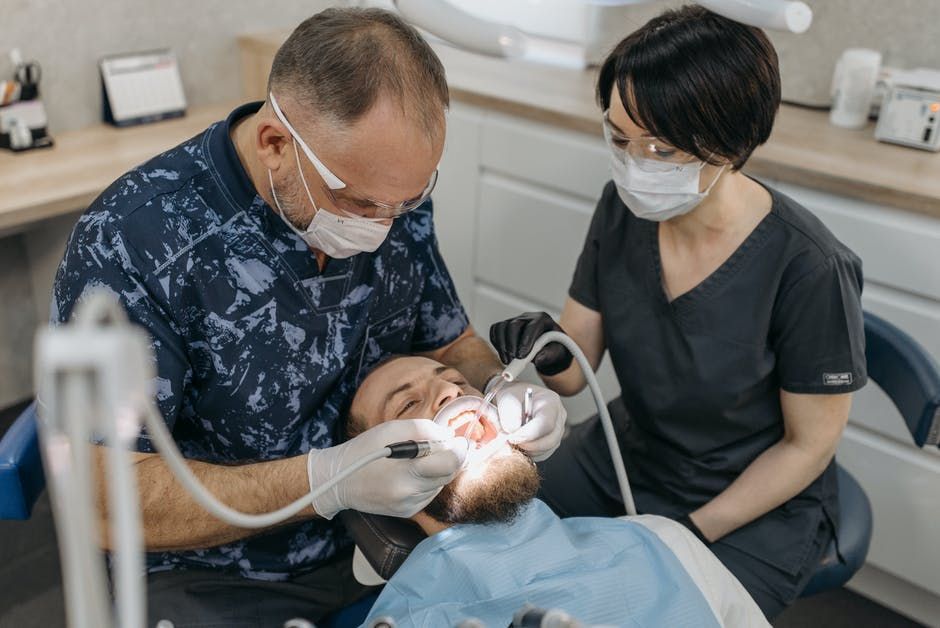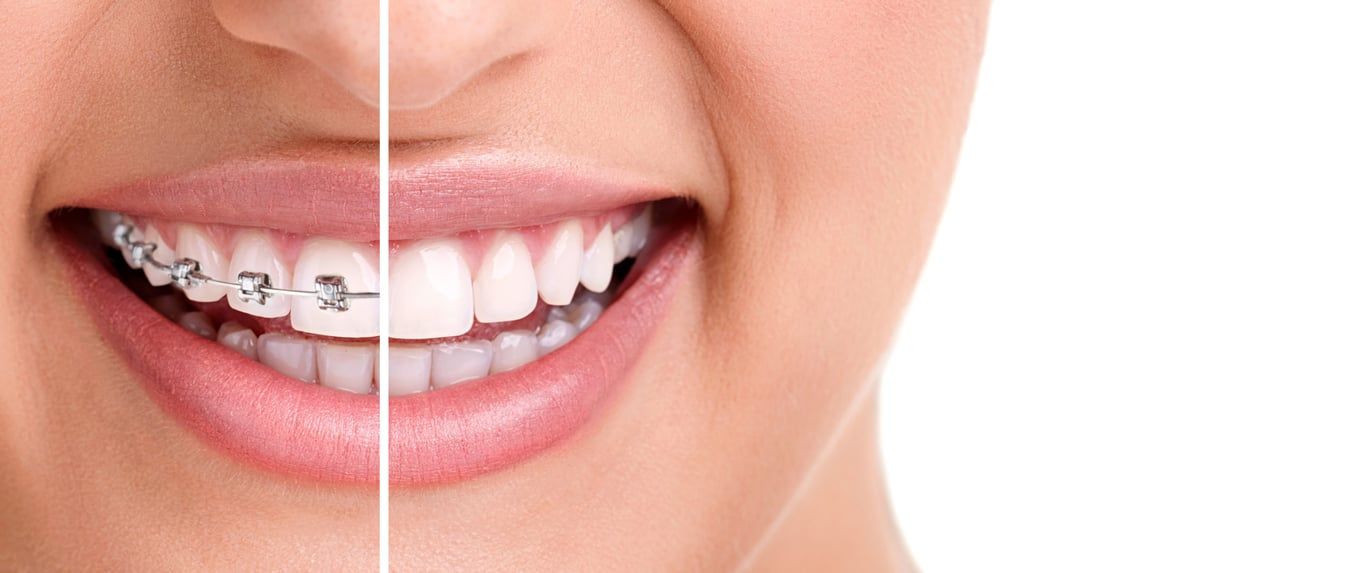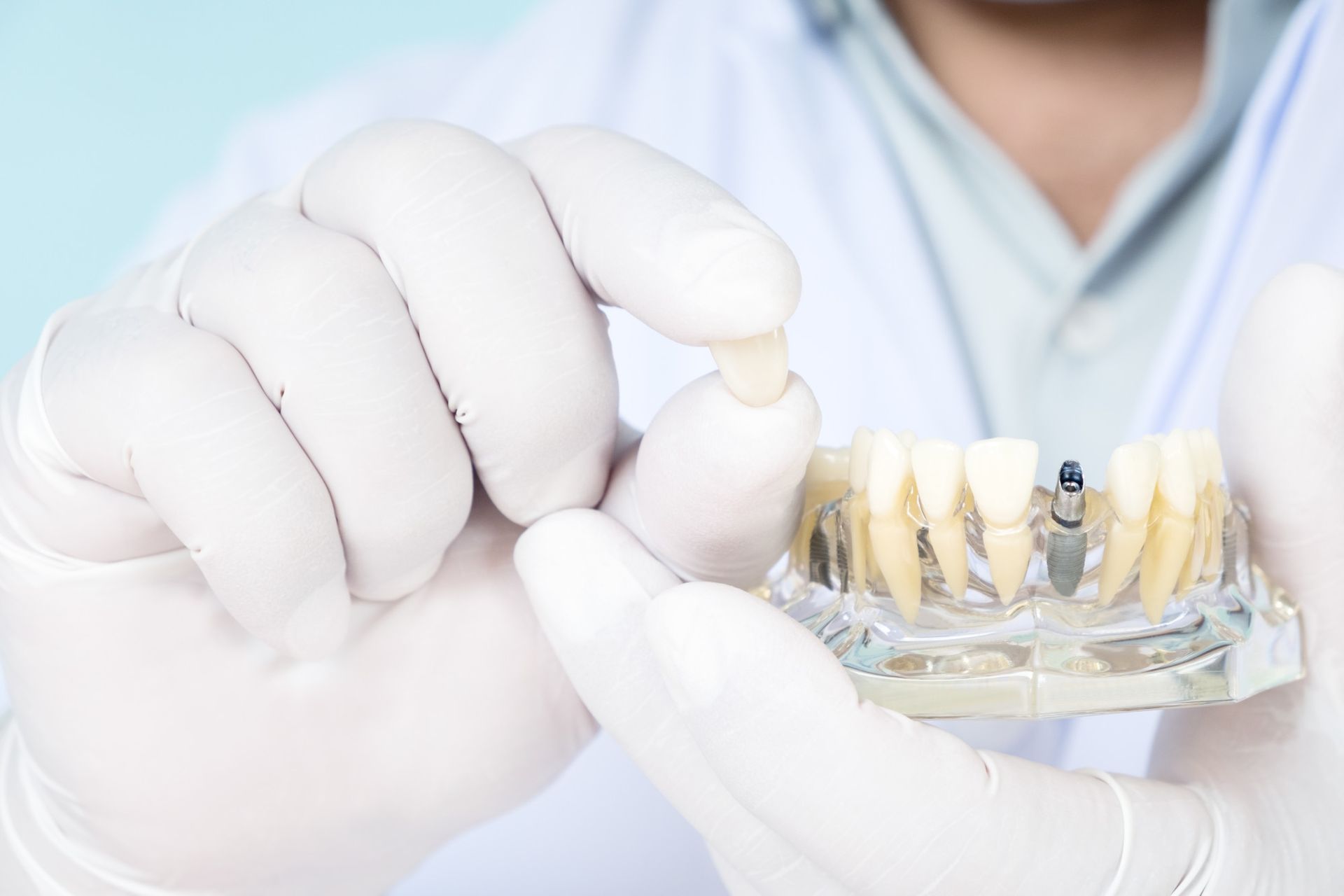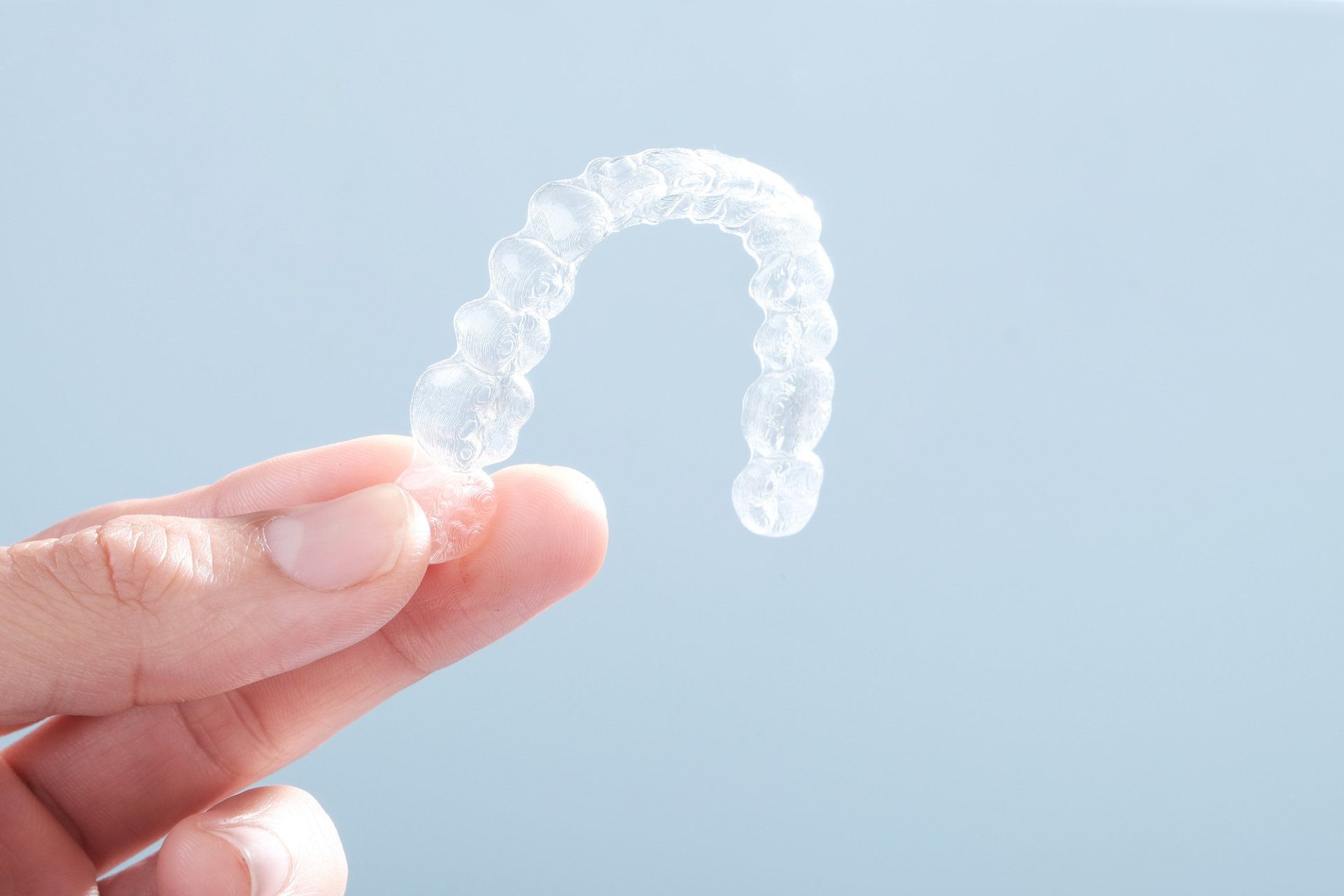If you're getting a dental crown, you might wonder what to expect. Learn everything you need to know about it here today!
Some dental procedures, such as replacements, fillings, and extractions date back to the ancient Egyptians. While that society was fairly keen on pulling out anatomy and preserving remains, they weren't so skilled at preserving the living.
Today, it's generally understood that protecting and preserving the natural tooth leads to the best oral health. This is why dental crowns are such an important tool in the toolbox of oral care. The team at Mount Laurel Dental
uses many advanced techniques to deliver the best care.
It's a good thing too, as nearly 30% of adults
in the US have one or more dental caries that are growing bigger. Between overall oral health and poor diet, the US suffers from some severe annual bills for dental procedures.
If you're wondering if a dental crown is the best fit for your issues, this guide will explain them inside and out.
Dental Crown Procedure
Getting a crown is an involved process. Depending on the dentist, crowns take one or two visits to complete.
Dentists rarely place a crown as its own procedure. Crowns exist to protect damage in underlying teeth, and that damage is best shored up before the protection is attached. The only time you're likely to see a crown as its own procedure is when a broken one is being replaced.
Materials
Dental technology carries its past with it. Unless a material or technique has been deemed unsafe or completely superseded, the old stuff resides with the new in offices across the country.
So it is that the material available for tooth crowns varies. These materials have different price points, ease of installation, and longevity.
- Zirconia
- Metal
- Porcelain
- Ceramic
- Resin Composite
- Material Combinations
No single material has shown to be optimal so be prepared to go over the pros and cons with your dentist for your specific situation.
Imaging
Most dental procedures call for detailed imaging. Dentists need imaging for crowns to confirm the condition of the underlying tooth and to start gauging the type of crown required.
If you've had a full set of imaging done within six months of a crown, expect at least one more pass of the area.
Drilling/Cleaning/Shaping
Once the condition of the problem tooth(s) and surrounding teeth is known, the next step is to complete work on the problem source.
The most common conditions requiring a crown are cracked teeth, missing fillings, and after a root canal.
Dentists also use partial crowns, sometimes called veneers' to repair cosmetic damage and to strengthen weak teeth that don't have specific damage. Be careful, cosmetic procedures aren't always
covered by insurance.
To get a tooth ready for a crown, the dentist will shave down some of the tooth. This provides a strong and uniform surface to attach the crown to.
Dentists want to retain as much of the base tooth as they can but fitting an oversize crown that isn't flush with the other teeth and gumline creates immense issues for care.
The time spent in the chair getting the initial batch of work done doesn't go unused.
Molding
For a two-visit crown procedure, a mold will be taken of the problem tooth before other treatment starts.
The mold may be of the target tooth or the ones adjacent. The idea is to match the color and look of the other teeth to both make the crown cosmetically seamless but also to retain proportions for bite shape and fit.
Once the mold is taken the data, in addition to the imaging, is sent to a manufacturing facility to have the crown cast.
Casting
Casting isn't always a prolonged task. For a single-visit procedure, the dentist creates a crown out of ceramic material in-office.
The time it takes for a casting to be complete depends on the availability of materials and the difficulty of processing. In most cases, the installation appointment will be set at the far end of the window to avoid issues.
When more than one tooth is in trouble, a bridge may be needed. A bridge includes at least two crowns that anchor on either side of a gap so as to give a complete look. Learn more about
bridges here.
Application
Dentists apply temporary crowns the same day as they perform other procedures. They attach temporary crowns with a dental adhesive and the crown provides protection for the tooth material until they complete the casting of the permanent crown.
Temporary crowns exist to be removed. They are not attached as strongly as a permanent, pay careful attention to care advice to avoid losing the temporary crown.
Once the casting is complete and the crown is ready to go, the dentist applies the crown to the base tooth. For a permanent crown, sufficient adhesive is used to firmly attach the crown to last.
A permanent crown lasts from 5 to 15 years depending on the care taken of it and the material chosen.
Care and Material
After a crown is attached, it's best to avoid vigorous brushing and overly violent flossing. Your crown works a lot like a tooth in terms of wear and tear.
Flossing in particular needs to be done carefully in a side to side motion without jerking upwards, as this can hook the floss under the crown and pull it off.
Depending on the material chosen, the crown itself may chip over time. Porcelain crowns and porcelain on metal combos are most prone to chipping.
Softer materials such as ceramic and resin will take more damage from acids and chewing, so diligent flossing is needed to keep them in great shape.
Gold and zirconia materials last the longest and require the least care to keep going (care is always important). These are also the most expensive materials, so weigh your options carefully.
Capping Off
Keeping your mouth healthy takes daily effort. Getting a dental crown helps to shore up damage and keep you going longer but it still falls on you to practice daily care.
For all of your dental needs, crowns or otherwise,
contact Mount Laurel Dental for help and advice.











